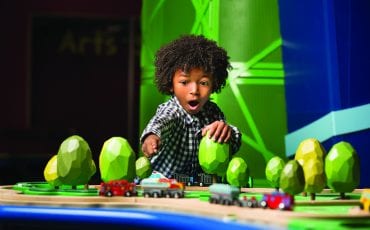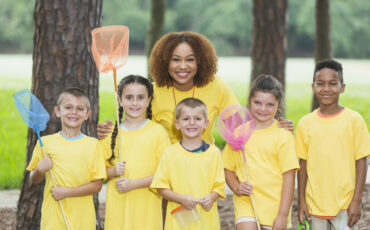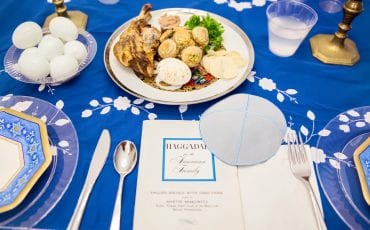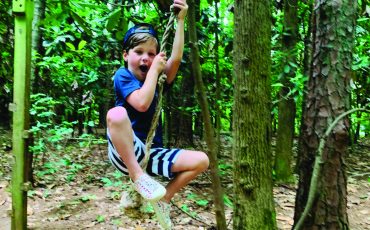Jigsaw Puzzles
Putting together a puzzle helps youngsters develop important life-long skills, and have fun away from the TV.
by Karen Sutherland
Jigsaw puzzles have been part of our family since my children were very small. We always had a puzzle on a table somewhere in the house. Many happy hours were spent – away from the television – trying to fit pieces into a blue sky or a red barn. It was a wonderful family activity.
Puzzles range in complexity from the very simple, which have just a few pieces, to the very difficult with 1,500 to 2,000 pieces. But when, and with what kind of puzzle, should you start your child? And why should your youngster work on puzzles?
When your child reaches 18 months of age, he will be ready for his first puzzle. Care must be used in selecting one he can complete without too much difficulty. The best puzzles for a toddler have 4-13 pieces in a solid wooden tray. Usually, each piece is a complete object. (Some of these pieces are free-standing and can even be used as separate toys.) Sometimes the piece will have a knob to lift it in and out of place.
Why choose a wooden puzzle? Most experts agree that wooden puzzles are easier for small hands to manipulate. They are also more durable. Puzzles are not only for one-time use. When your child reaches 2 years of age, he will work on the same puzzles over and over, because repetition is an important part of his life.
 By the time he is 4, your child will be ready for a puzzle with 20-30 pieces. When he is 5 and starting school, he will be ready for simple jigsaw puzzles with 25-100 pieces. But never push a child toward a 100-piece puzzle; children should progress at their own pace.
By the time he is 4, your child will be ready for a puzzle with 20-30 pieces. When he is 5 and starting school, he will be ready for simple jigsaw puzzles with 25-100 pieces. But never push a child toward a 100-piece puzzle; children should progress at their own pace.
Your child will benefit in many ways. Puzzles help develop a number of the skills your child will need as he grows older, especially fine motor skills by developing hand muscles. Puzzles also are an important tool in developing hand-eye coordination. Matching color-to-color, size-to-size and shape-to-shape is key in understanding spatial relationships. “It also sharpens their ability to fit together multiple parts into a cohesive whole – a skill they will need in reading,” according to Joanne F. Oppenheim’s book, Buy Me! Buy Me!
When your child works on a puzzle, she learns to stick to a task until it is completed. She may even take the first steps in learning how to cope with frustration. The reward of successfully completing a puzzle will help enhance her self-esteem.
Puzzles also improve problem-solving skills. When the pieces are complete shapes, a young child learns to identify objects and give those objects names, thus increasing his vocabulary. Concentration on a puzzle is instrumental in broadening your child’s patience and attention span.
While a child is scanning the puzzle, looking for places to put pieces, she is developing her eyes. This scanning movement is the same needed in reading – and it does not get strengthened watching TV.
Puzzles open up a whole new world of problem-solving, mystery and intrigue for your child. He might even develop a life-long passion for puzzles, joining the ranks of famous people such as Microsoft co-founder Bill Gates, horror author Stephen King and former first lady Barbara Bush.








